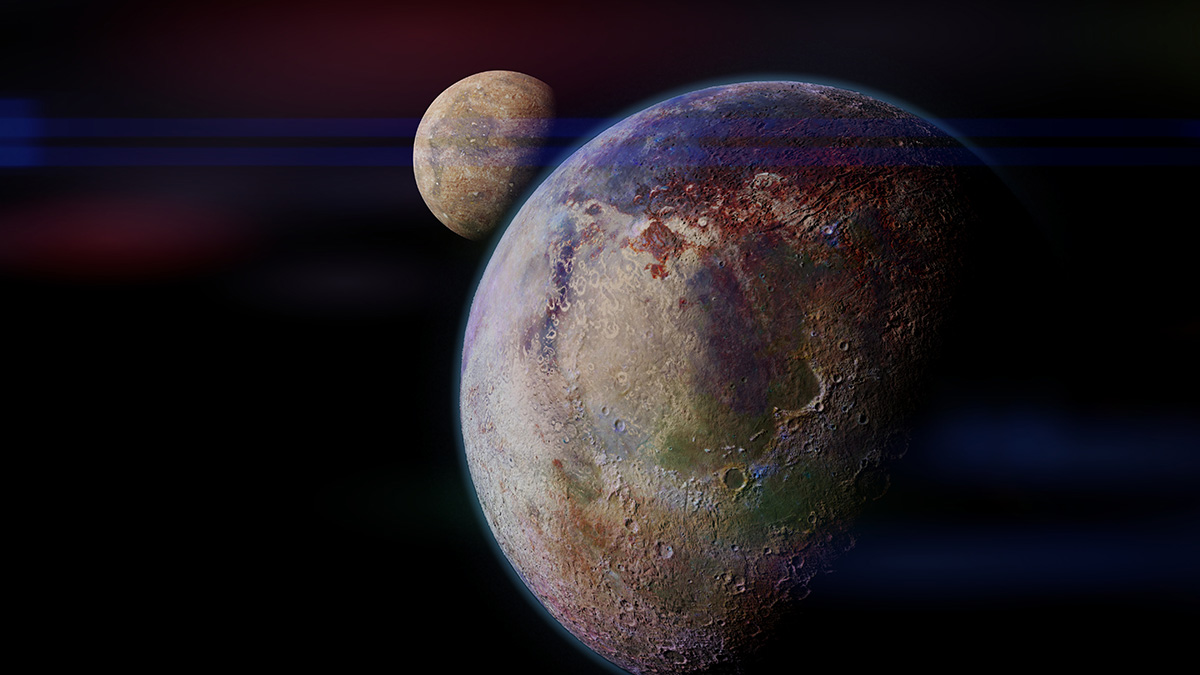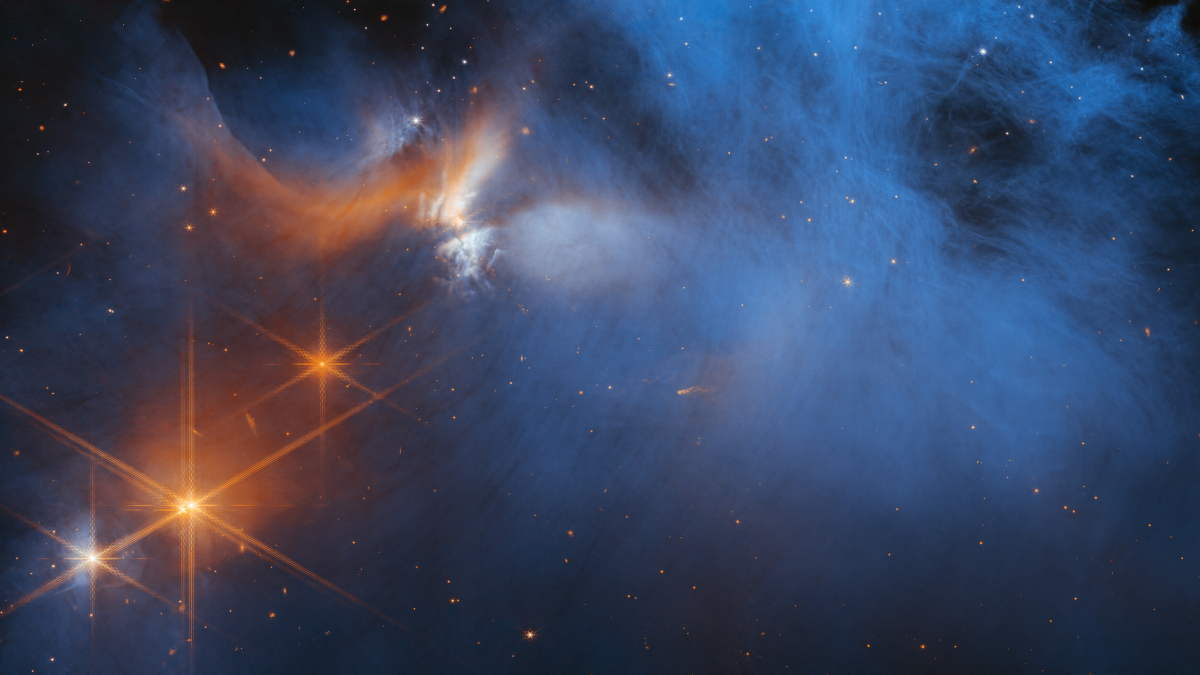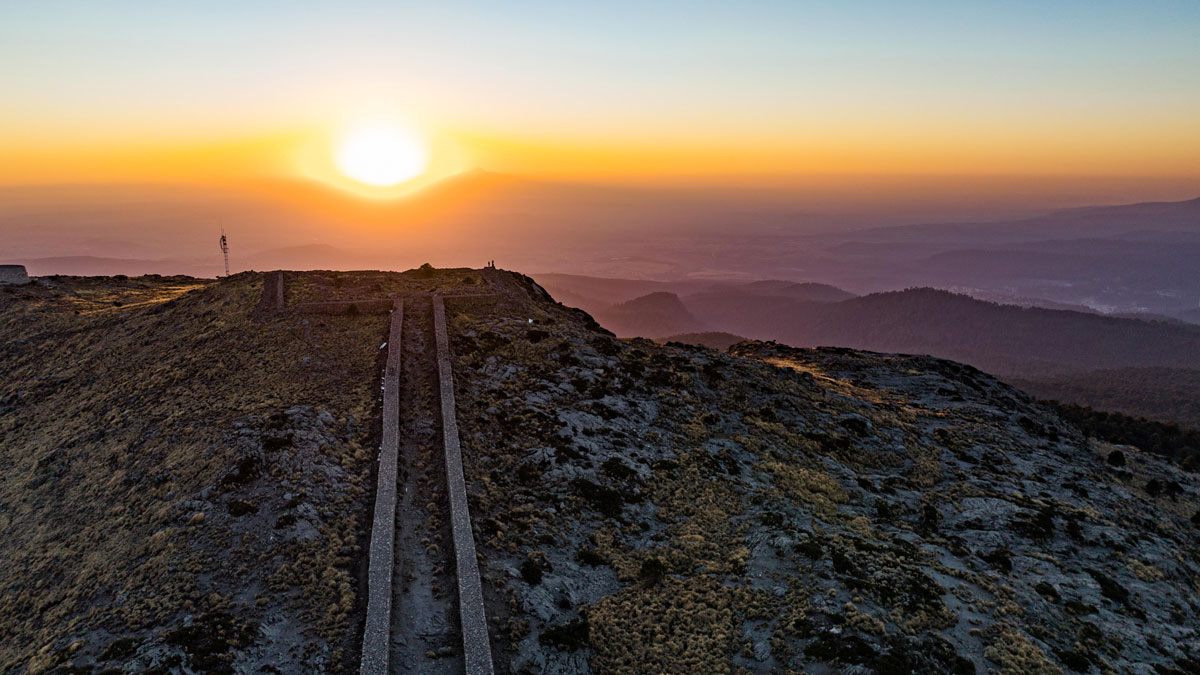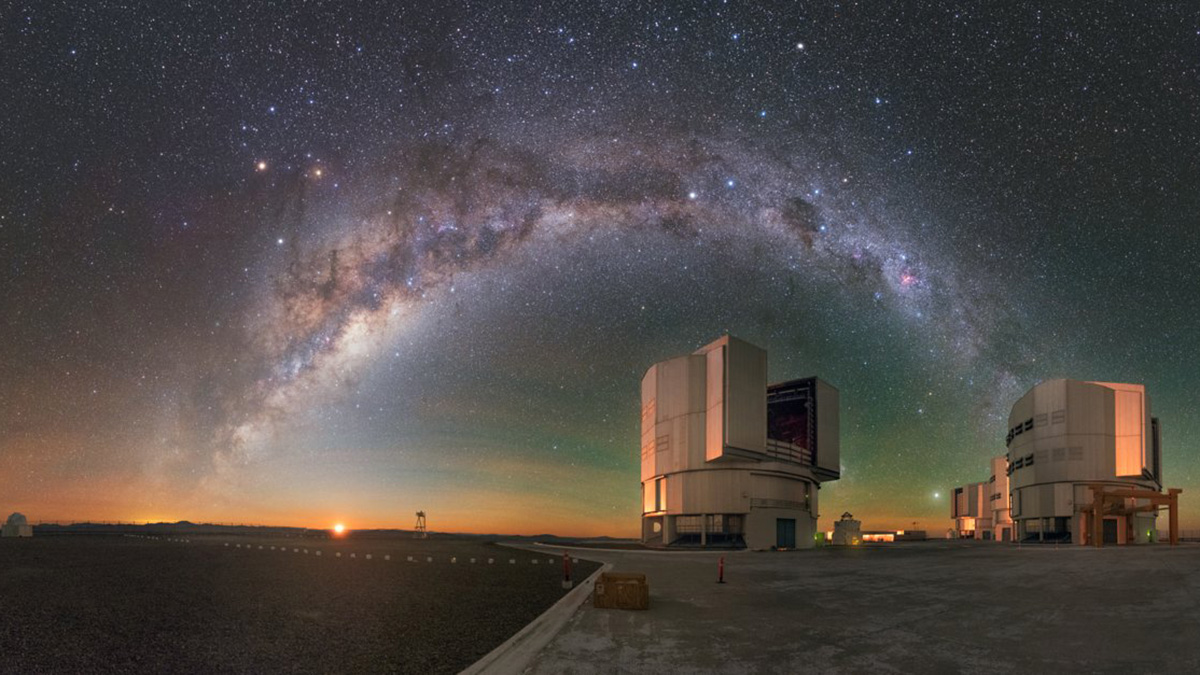The rings are fairly shiny despite being bombarded by dust, indicating that they haven’t been around for very long.
astronomy
Deluges of Data Are Changing Astronomical Science
Astronomers today are more likely than ever to access data from an archive rather than travel to a telescope—a shift that’s democratizing science.
El papel central de la agricultura en el calendario de horizonte azteca
Los calendarios de horizonte fueron clave para medir el tiempo para las culturas pre-hispánicas de la cuenca del Valle de México. Un nuevo estudio sugiere que los calendarios se usaron para gestionar los ciclos agrícolas.
Marauding Moons Spell Disaster for Some Planets
In solar systems beyond our own, some moons might eventually collide with their host planets, new simulations suggest.
Quaoar’s Ring Defies Gravity
The dwarf planet’s ring makes astronomers question whether a long-held theory about ring and moon formation needs tweaking.
Complex Organic Ices Discovered in a Star-Forming Cloud
The presence of complex organic molecules such as methanol, ethanol, and acetaldehyde in a molecular cloud suggests that these and simpler ices might be available to planetary systems right from the start.
Starry Nights Are Disappearing
Stars dim as the sky gets brighter, a result of expanding cities and bright LEDs. Simple low-tech changes can help preserve dark night skies.
Agriculture at the Center of the Aztec Horizon Calendar
Horizon calendars were a key part of time measurement for pre-Hispanic cultures in the Basin of Mexico. A new study suggests that calendars were used to manage the agricultural cycle.
A New Journey Around (and Around) the Sun
The Solar Orbiter just completed its commissioning phase while en route to the Sun. It has already provided valuable looks at solar campfires and Venus’s magnetic fields, and it promises much more.
Five Reasons Geoscience Should Care About Astronomy’s New Road Map
The latest road map to U.S. astronomy’s next decade recommends a smaller space telescope, ground-based facilities, and an institutional effort to create an inclusive and equitable field.










